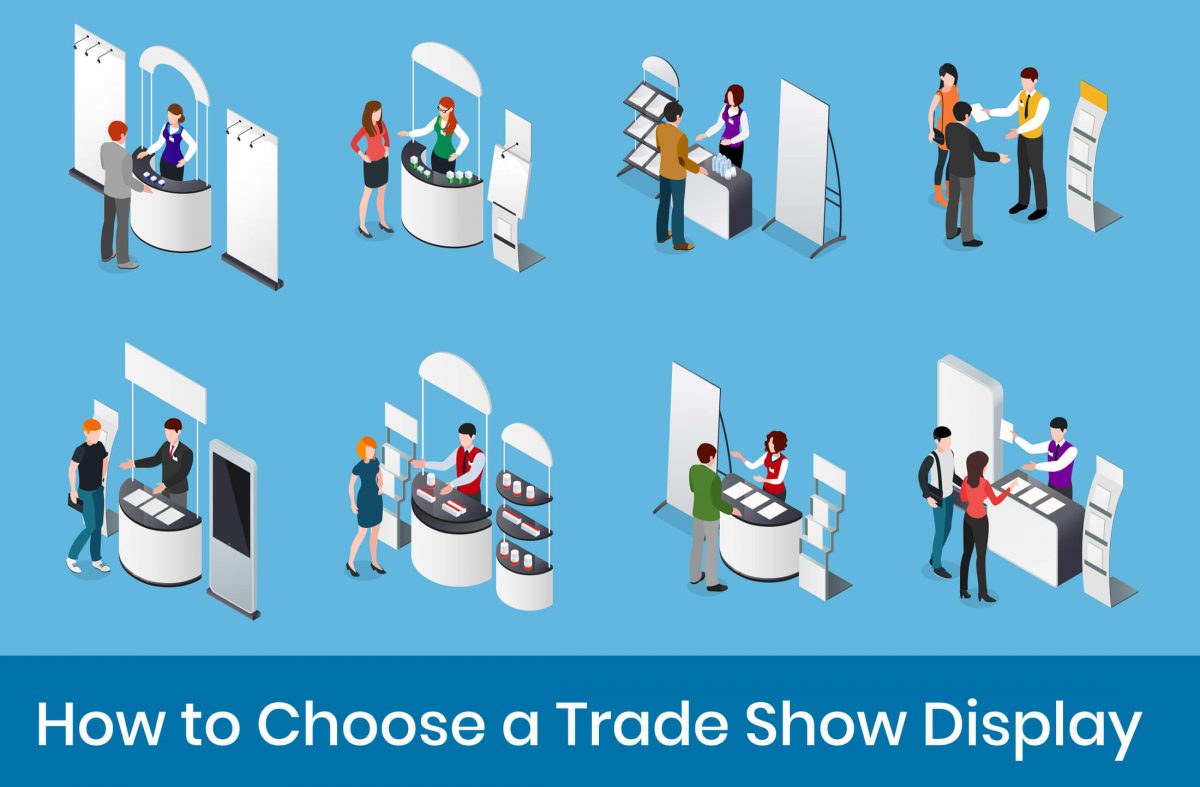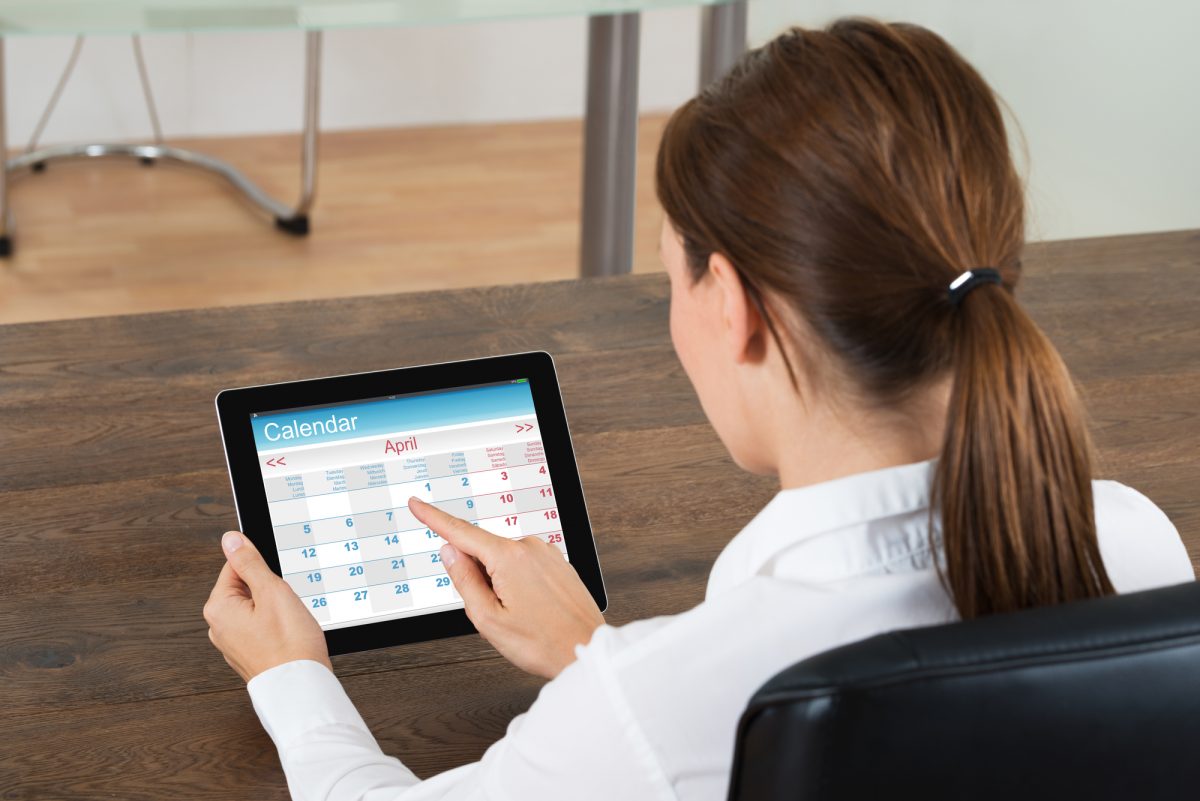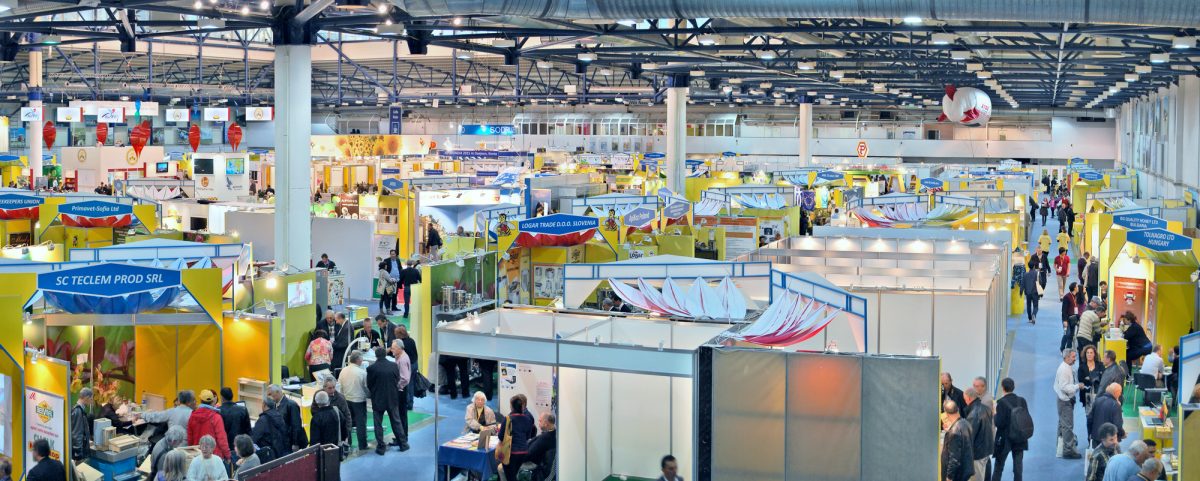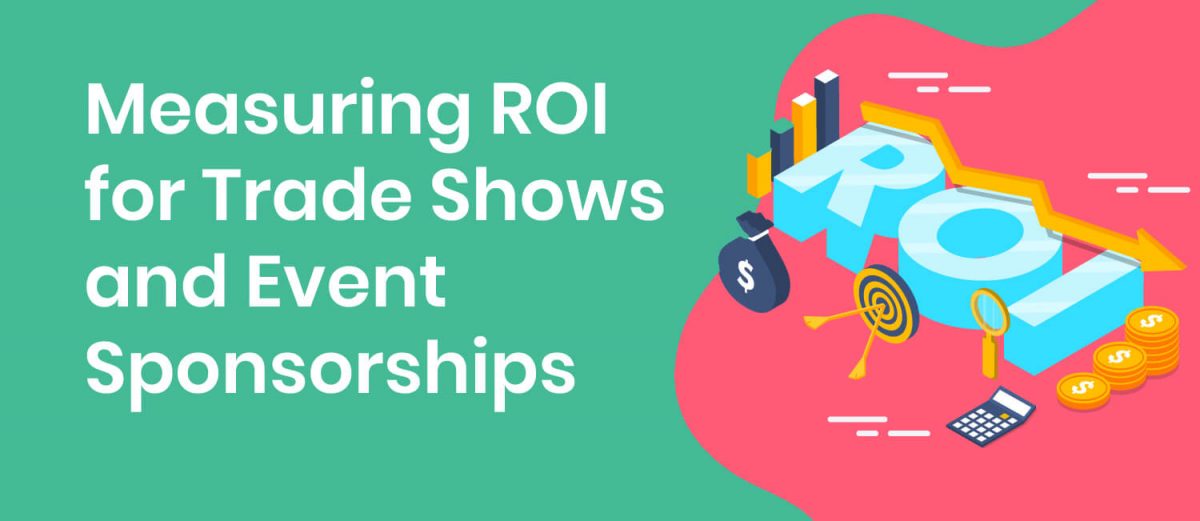After you decide on the trade show that you plan to attend and pick your team to organize and exhibit at the event, it’s time to choose the right display vehicles that will distinguish your company from everyone else. First impressions are lasting impressions (considering humans, on average, make a first impression in just 8-seconds). Therefore, you want your visuals to perfectly encapsulate what it is that you are trying to sell.
So, how do you choose the right trade show display?
Let’s go through a few different options:
1. Pop-Up Displays
These are generally the traditional displays when we think of a trade show booth. These pop-ups come with collapsible frames and photo-quality graphic panels that attach with magnetic strips. This is a great way to present visual explanations without breaking the bank in the process. They are portable and easy to move around depending on the size of your booth.
2. Banner Stand
Similar to a pop-up display, a banner stand is a single large graphic that is supported by a standing frame. It can be retractable, motorized scrolling, and telescoping for both indoor and outdoor shows.
3. Table Tops
These are foldable frames that display graphics attached to the frame with metal fasteners, magnets, or Velcro. They can be 2 to 3 feet tall, which means when placed on top of a table, they can reach heights of 5 feet or higher. These are very easy to set up.
4. Table Covers
Table covers are customized graphics that drape over a table, designed to industry-standard table sizes.
Now that you know some types of displays, how do you pick one that is right for you?
Industry
First, analyze your industry and the visual nature of the industry. For example, if you are in the technology space, you may need more technology-oriented visuals than if you are a construction company.
Budget
Displays can get expensive, quickly. If you are on a tight budget, you might want to consider some of the more traditional options, like pop-up displays.
Ease of Transportation
If you don’t have anyone at the exhibit hall to help you lift things, then you need a light display that is also portable in nature.
Type of Trade Show
Are you going to a local or international trade show? Depending upon the size, you want a display that is going to stand out no matter where you go. Generally, the bigger the trade show, the bigger your display should be.
Visuals make a lasting impression, which is why your trade show display is one of the most critical parts of your entire trade show presentation. Spend time on envisioning your trade show display so you are able to wow your customers.








